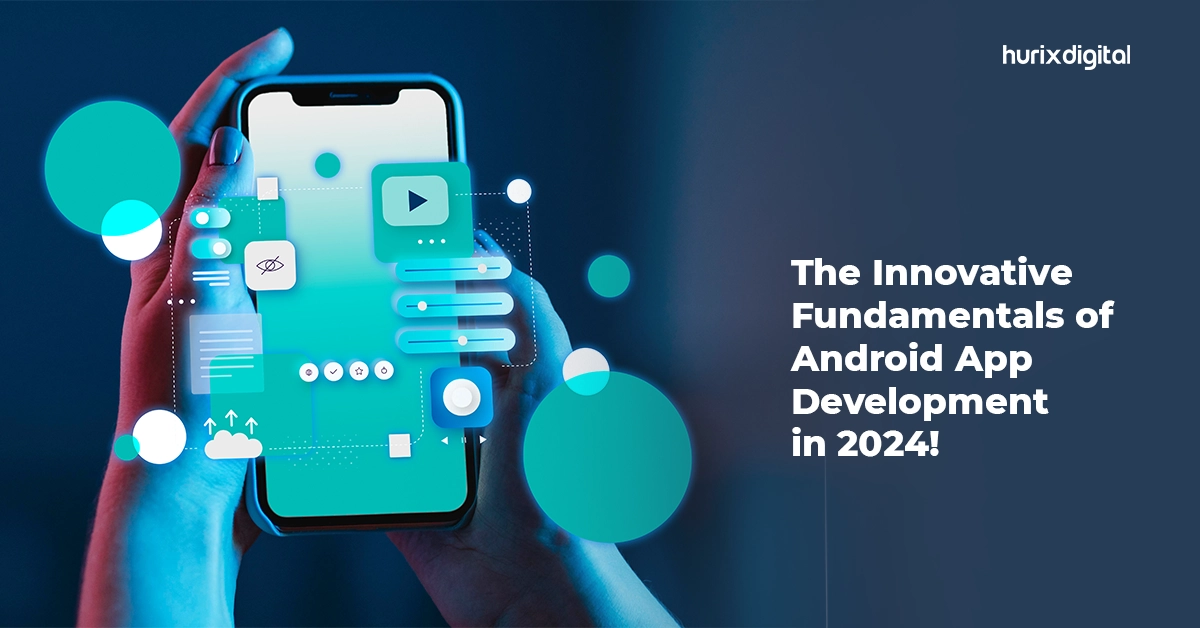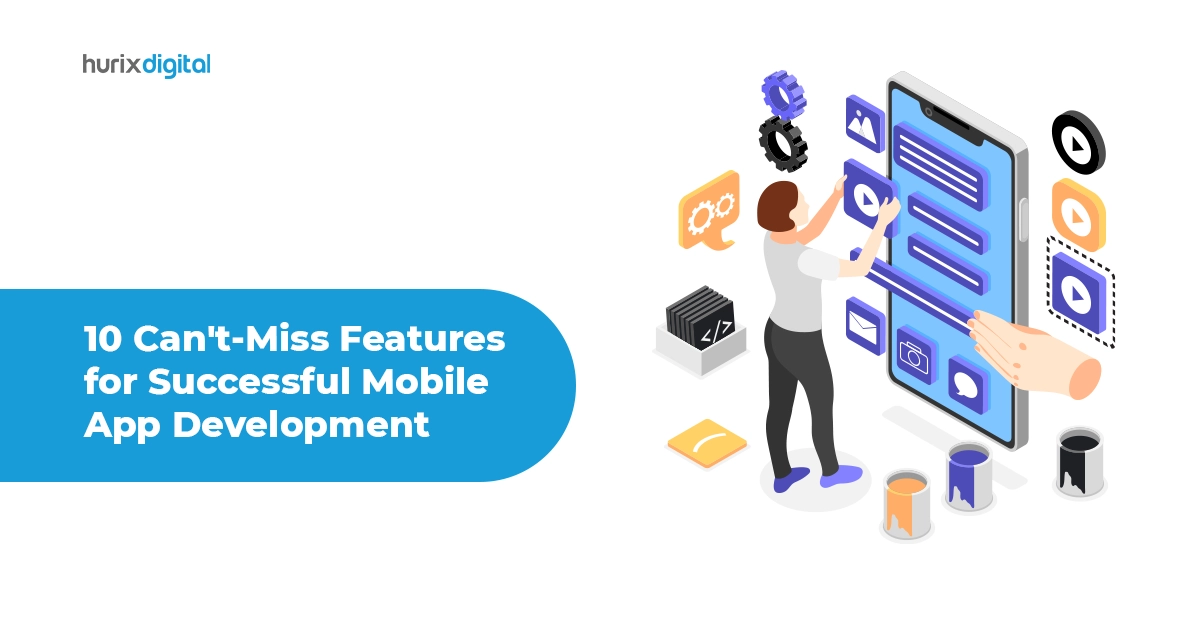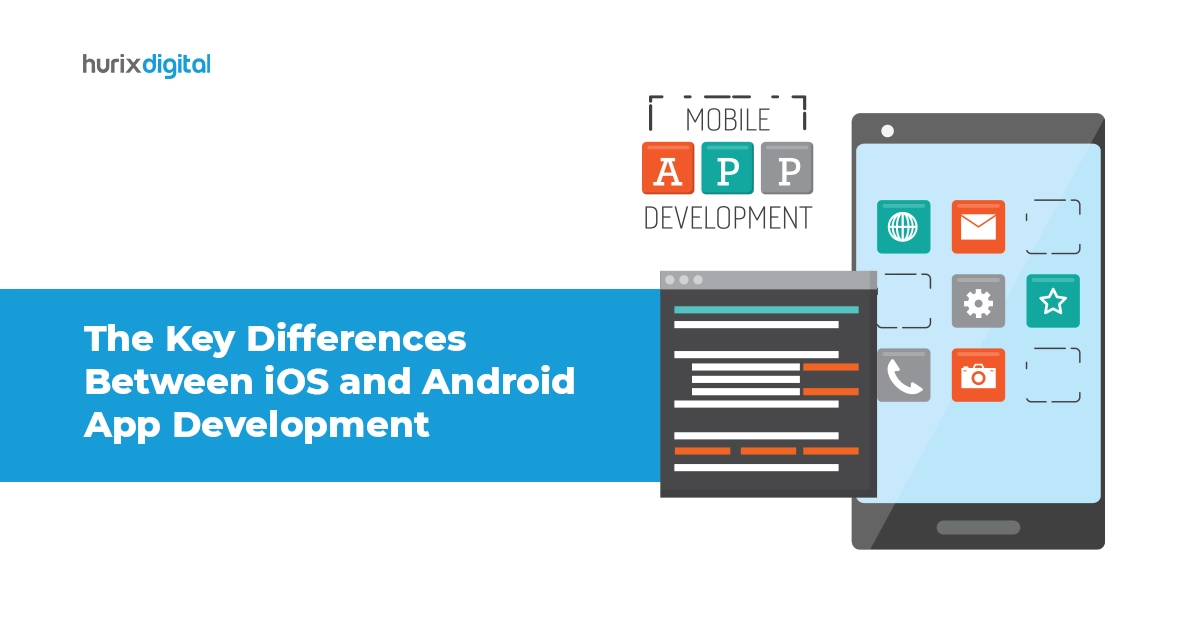Summary
React Native, Xamarin, Flutter, jQuery Mobile, and Ionic rank as leading cross-platform development tools, delivering native-like performance. They boast shared codebases, hot reloading, and pre-designed components, which boost efficiency. These tools bridge web and native app development, enabling flexible, accessible, and cost-effective creation of applications across various platforms.
The app development market is undeniably saturated with plenty of tools catering to developers’ needs. The abundance of options can be both a blessing and a curse. On one hand, developers have an extensive toolkit at their disposal. On the other hand, this abundance has led to a paradox of choice that has made it increasingly challenging for developers to select the right tools for iOS and Android app development.
Today, the challenge lies not only in finding tools that meet current project needs but also in ensuring they align with the constantly evolving demands of the mobile app development industry. Having said that, choosing the perfect app development tool shouldn’t feel like a stress-inducing maze. And that’s why we’ve got your back! Read on to learn about the top tools for app development, along with their features and benefits.
Table of Contents:
Top 5 Tools for Streamlining iOS and Android App Development
Here is a list of the top 5 app development tools that you must check out for efficient iOS and Android app development in 2024.
1. React Native
React Native, developed by Facebook, emerged on the mobile app development scene in 2015. It was designed as an open-source framework to bring the power of React, a popular JavaScript library used to build user interfaces, to mobile app development. This innovative framework allows developers to create cross-platform mobile applications using a single codebase, redefining the efficiency and agility of the development process.
- Android and iOS Compatible: React Native is celebrated for its ability to create applications that seamlessly run on both iOS and Android platforms i.e., it can be used for both Android and iOS app development.
- Shared codebase: Development, maintenance, and updates become more economical, making it an attractive choice for businesses with budget constraints.
- Hot Reloading Feature: Allows developers to instantly see the result of the latest changes without restarting the entire application.
- Native Components: React Native bridges the gap between web and mobile app development by incorporating native components for a better user experience.
2. Xamarin
Xamarin, founded in 2011 and later acquired by Microsoft in 2016, has been a game-changer in the mobile app development industry. This cross-platform framework allows developers to build native applications for iOS, Android, and Windows using a single codebase. Xamarin’s strength lies in its ability to combine the efficiency of cross-platform development with the native performance and look and feel of each targeted platform.
- Single Codebase: Xamarin enables developers to write a single codebase in C# and .NET, which can be shared across iOS, Android, and Windows thus reducing the need for different teams for each platform.
- Cross-Platform Collaboration: While Xamarin allows for platform-specific UI adjustments, the business logic can be shared across platforms. This maintains consistency in the core functionality of the app and speeds up the development process.
- Integrations: As part of the Microsoft family, Xamarin seamlessly integrates with popular Microsoft tools and services. It is advantageous for developers familiar with the Microsoft ecosystem, providing easy access to Azure cloud services, Visual Studio IDE, and more.
Also Read: The Innovative Fundamentals of Android App Development in 2024!
3. Flutter
Introduced by Google in 2017, Flutter has rapidly gained popularity and has become one of the top app development tools for its open-source framework. It was designed to facilitate the development of natively compiled applications for mobile, web, and desktop from a single codebase. Flutter uses Dart as its programming language and has become renowned for its ability to create visually stunning and high-performance applications.
- Pre-designed Widgets: Flutter’s framework provides a wide range of pre-designed widgets and allows for pixel-perfect customization which results in a consistent user experience across platforms.
- Native ARM Code: Flutter compiles native ARM code, delivering high-performance applications that can match or even exceed the performance of natively developed apps. The elimination of a JavaScript bridge contributes to reduced runtime overhead.
- Adaptability: Flutter’s responsive design principles make it well-suited for applications on various screen sizes and form factors. This adaptability is crucial in a world where users engage with applications across a multitude of devices.
- Integrations: Flutter seamlessly integrates with various third-party APIs so that developers can easily incorporate functionalities and services into their applications
4. jQuery Mobile
jQuery which was first released in 2006, revolutionized client-side scripting and interaction on the web. Developed by John Resig, this fast and lightweight JavaScript library aimed to simplify HTML document traversal and manipulation, as well as event handling. While initially designed for web development, jQuery’s versatility has led to its adoption in mobile app development thus providing developers with a powerful tool for creating interactive and dynamic user interfaces.
- Cross-browser Compatibility: jQuery provides a unified and cross-browser-compatible way of handling interactions and makes it easier for developers to ensure a consistent experience across various platforms.
- Easy-to-use API: jQuery simplifies complex JavaScript operations with its concise syntax and user-friendly API. Developers, even those with limited JavaScript knowledge, find it accessible for common tasks such as DOM manipulation, event handling, and more.
- Plugin options: jQuery boasts a vast ecosystem of plugins that extend its functionality. These plugins cover a wide range of features such as enhanced UI components and advanced animations.
- Universal Accessibility: For mobile apps that need to cater to a diverse audience using various devices and browsers, jQuery’s ability to handle legacy browsers is invaluable. It provides a consistent and reliable experience across a broad range of platforms.
5. Ionic
Launched in 2013, Ionic quickly became a prominent player in the mobile app development world by providing a framework for building cross-platform apps using web technologies like HTML, CSS, and JavaScript/TypeScript. Developed by Max Lynch, Ben Sperry, and Adam Bradley, Ionic aims to bridge the gap between web and native app development.
Pros of Using Ionic
- Integration with Angular: Ionic is tightly integrated with Angular, a powerful web application framework. This integration brings the benefits of Angular’s structured architecture, two-way data binding, and dependency injection to mobile app development
- Pre-designed UI Components: Ionic comes with a library of pre-designed UI components, such as buttons, cards, and models, that adhere to the native look and feel of each platform
- Low Learning Curve: For developers familiar with web technologies like HTML, CSS, and JavaScript/TypeScript, Ionic offers a relatively low learning curve. This accessibility makes it an attractive choice for web developers looking to venture into mobile app development without starting from scratch.
Also Read: Mastering Flutter: A Comprehensive Guide to App Development in 2024
Wrapping Up
As the iOS and Android app development market continues to expand, developers face the ongoing task of staying informed about emerging technologies and trends. Despite the saturation, the constant evolution of tools and frameworks indicates that the future of the app development industry is indeed bright. It also presents opportunities for innovation and efficiency which challenge developers to stay ahead of the curve while being critical eye about the tools they choose for their projects.
Discover the power of innovation, reliability, and a collaborative approach to bring your app to life. Elevate your digital presence and user experience – partner with Hurix Digital for unparalleled Android and iOS app development solutions that propel your business forward.
Contact us today to know more!











